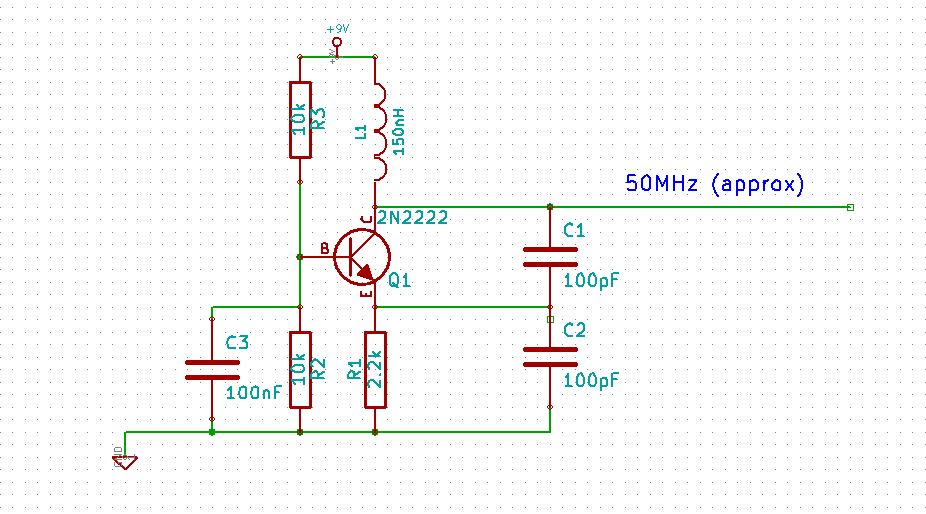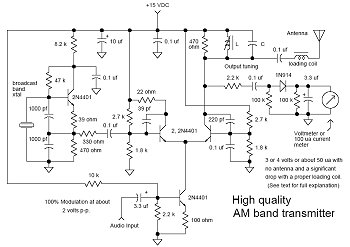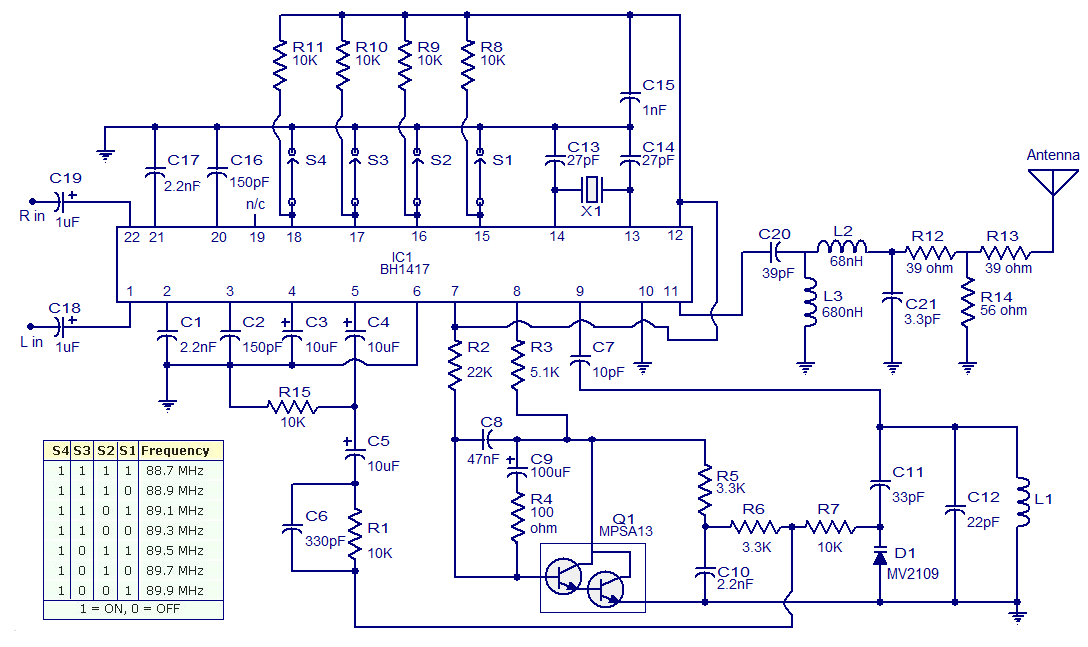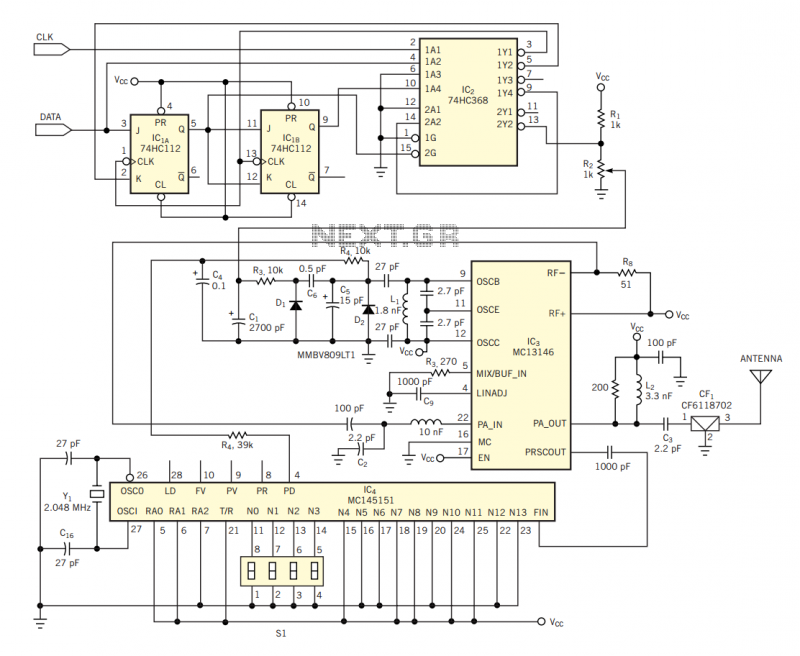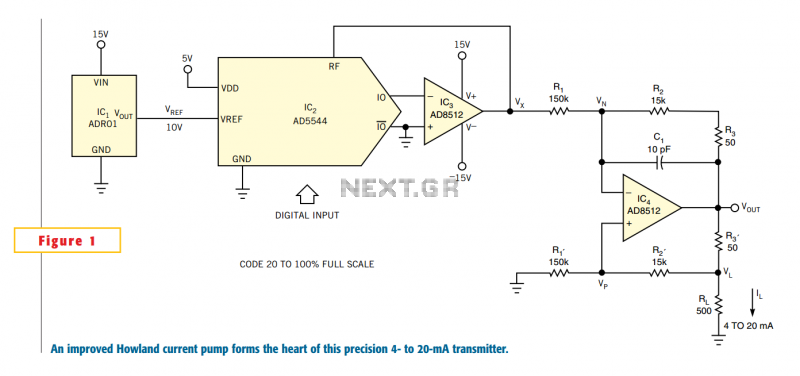
49MHz Toy RF Transmitter

This circuit is sourced from a remote control tarantula transmitter that operates at a frequency of 49.86 MHz. The schematic is also available on the FCC website by searching for the FCC ID. This device complies with Part 15.235 of the FCC rules and regulations.
The remote control tarantula transmitter circuit is designed to operate in the 49.86 MHz frequency band, which is commonly used for low-power, short-range communication devices. The circuit typically includes key components such as a transmitter module, an oscillator, and various passive components that assist in signal modulation and transmission.
The transmitter module is responsible for generating the RF signal at the specified frequency, while the oscillator ensures that the signal remains stable and within the required bandwidth. The circuit may also include a power amplifier to boost the signal strength, enabling effective communication between the transmitter and the receiver.
In compliance with FCC Part 15.235, the design must adhere to specific regulations concerning emissions and interference, ensuring that the device does not disrupt other electronic devices operating in the same frequency range. This compliance is crucial for maintaining the integrity of wireless communications and minimizing potential interference with licensed services.
The schematic can be referenced for detailed component values and connections, which can aid in troubleshooting and further development of similar electronic designs. For those looking to develop custom electronic solutions, the services of professional design firms can provide valuable assistance in creating tailored circuits that meet specific project requirements.This circuit was taken from a remote control tarantula transmitter operating at 49. 86MHz. The schematic can also be found at the FCC web site, if you look up the FCC ID. This operates under Part 15. 235 of the FCC rules and regulations Do you need help with an electronics design Daycounter provides contract electronics design services. Contact us to give you a quote on your electronics design project. 🔗 External reference
The remote control tarantula transmitter circuit is designed to operate in the 49.86 MHz frequency band, which is commonly used for low-power, short-range communication devices. The circuit typically includes key components such as a transmitter module, an oscillator, and various passive components that assist in signal modulation and transmission.
The transmitter module is responsible for generating the RF signal at the specified frequency, while the oscillator ensures that the signal remains stable and within the required bandwidth. The circuit may also include a power amplifier to boost the signal strength, enabling effective communication between the transmitter and the receiver.
In compliance with FCC Part 15.235, the design must adhere to specific regulations concerning emissions and interference, ensuring that the device does not disrupt other electronic devices operating in the same frequency range. This compliance is crucial for maintaining the integrity of wireless communications and minimizing potential interference with licensed services.
The schematic can be referenced for detailed component values and connections, which can aid in troubleshooting and further development of similar electronic designs. For those looking to develop custom electronic solutions, the services of professional design firms can provide valuable assistance in creating tailored circuits that meet specific project requirements.This circuit was taken from a remote control tarantula transmitter operating at 49. 86MHz. The schematic can also be found at the FCC web site, if you look up the FCC ID. This operates under Part 15. 235 of the FCC rules and regulations Do you need help with an electronics design Daycounter provides contract electronics design services. Contact us to give you a quote on your electronics design project. 🔗 External reference
